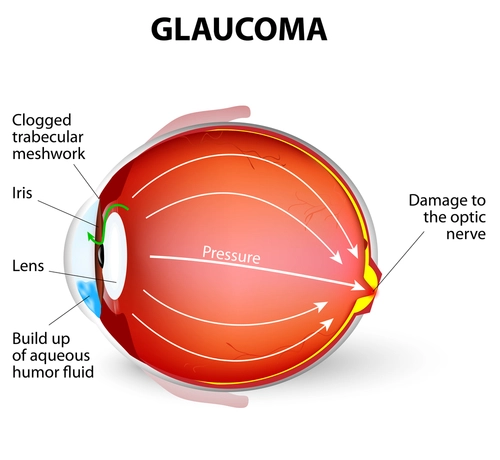Clarify Your VF Coding for Glaucoma Suspects

Follow these three tips for solid 92081-92083 claims.
Ophthalmologists usually spend a lot of time and effort helping patients who they suspect might have glaucoma. When a patient returns to your office for visual field examinations, can you code and bill the tests individually per eye? Can you bill for another visit to the office — including the actual test, verifying the results, and discussing them with the patient? How do you determine which diagnosis code to report for glaucoma suspects? Our experts provide these tips.
Tip 1: Appending 50? Not So Fast
When deciding whether to bill for services “unilaterally,” per eye, or “bilaterally,” for both eyes, the first thing to do is read the code description in CPT®. All of the visual field testing codes have in their description the phrase “unilateral or bilateral”:
This means that the payment that has been established for the service is for one or two eyes, and you should only submit a bill for one service — even if the ophthalmologist performed it on both eyes.
Tip 2: Don’t Code for Routine Office Visit
Whether you can bill an office visit in addition to the testing services depends on what services the ophthalmologist renders to the patient and what had been established as being medically necessary. If the physician sees the patient to discuss the test results and treatment options, you can definitely bill a visit in addition to the testing service. If the only service rendered is the technician’s pretesting routine of obtaining or verifying the patient’s visual acuity and intraocular pressure, you cannot bill an office visit in addition.
Tip 3: Let Symptoms or Tests Determine Diagnosis
How you assign diagnosis codes for diagnostic tests really depends on whether you submit the claim for the ordered test before or after the physician has received and interpreted the test results.
If the ophthalmologist who ordered the test has not received the results, the patient’s diagnosis code should reflect the signs and symptoms with which the patient presented. If the ophthalmologist has the results of the test before submitting the claim and those results are negative, you should still code the signs and symptoms that prompted the physician to order the test. But if the same ophthalmologist who orders a test receives and interprets the results as positive before the claim has been sent to the carrier, , report the diagnosis codes for the positively identified condition — for example, glaucoma as the primary diagnosis. You may also report the symptoms as secondary diagnoses.
For a glaucoma suspect, you will more than likely need to report a code for a threshold field: 92083. You should link this service to a primary diagnosis of either 365.00 (Borderline glaucoma [glaucoma suspect]; preglaucoma, unspecified) or 365.01 (... open angle with borderline findings), if the results of the field are normal.
If a patient is glaucoma suspect by pressure, history or disk appearance, and the results of the field are normal, link 92083 to 365.01. Private insurers, on the other hand, may prefer that you link the VF code to 365.00, even when the results of the field are normal.
When the results are abnormal and confirm the presence of glaucoma, link the VF code to the appropriate glaucoma diagnosis code.

